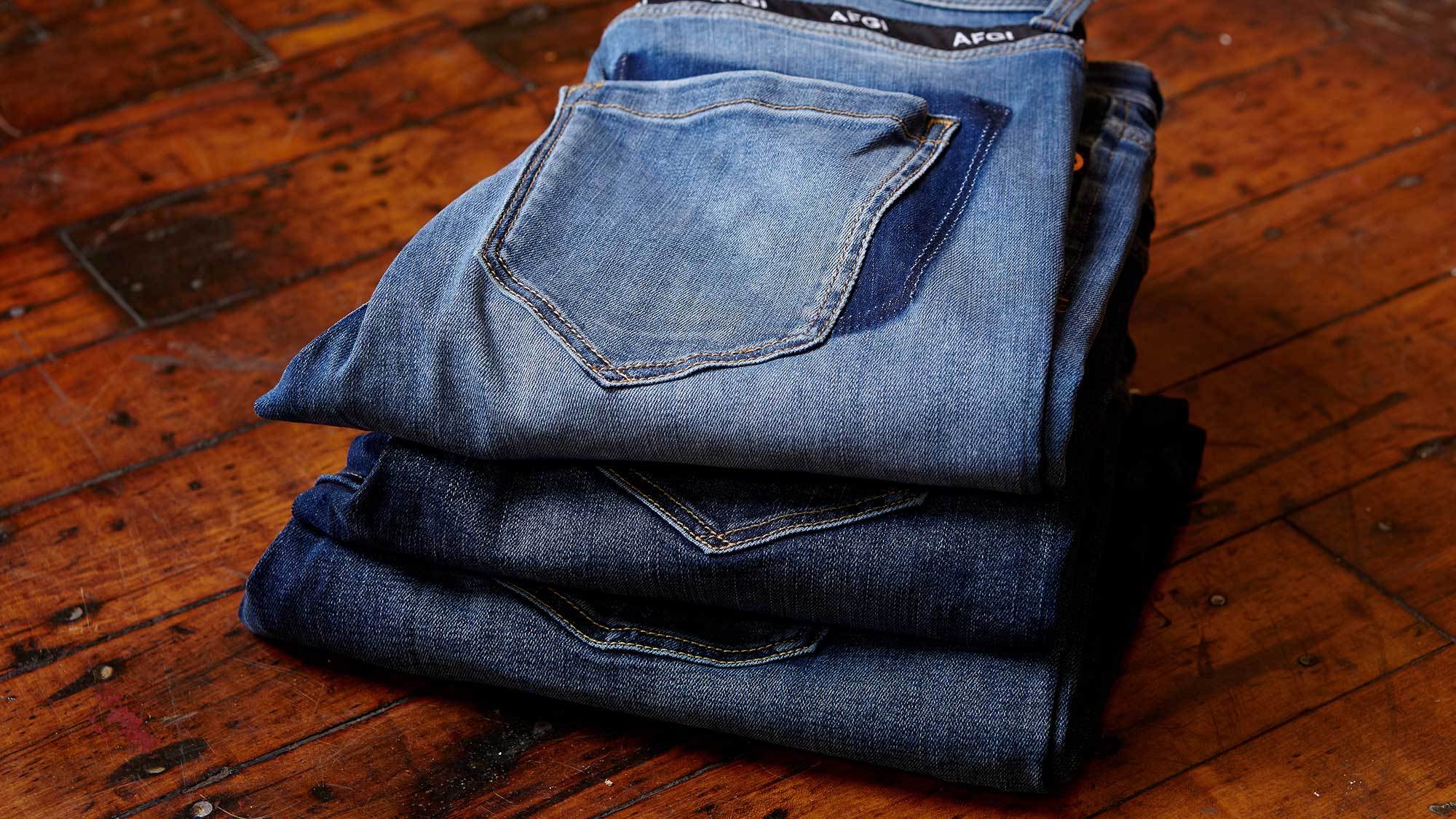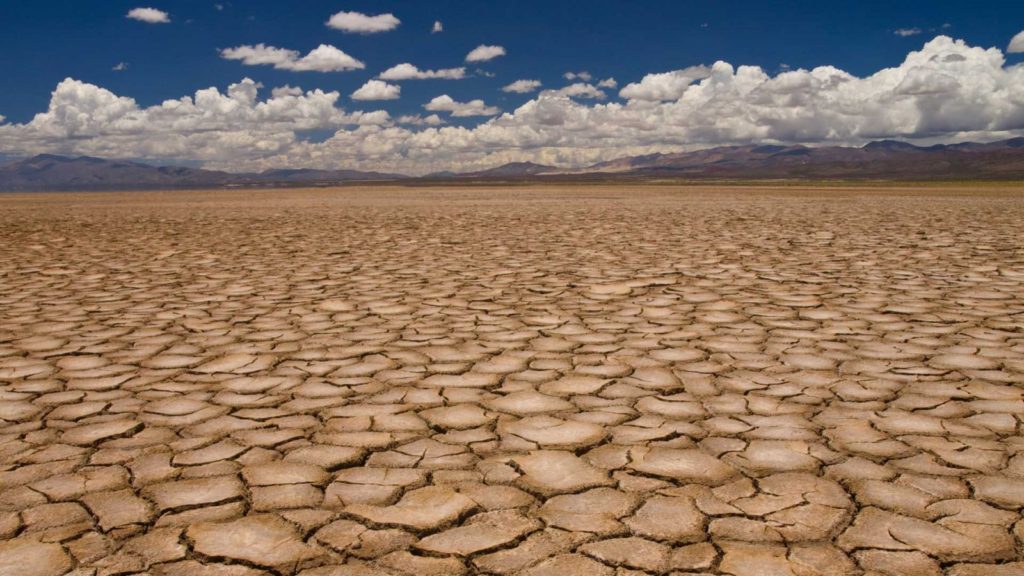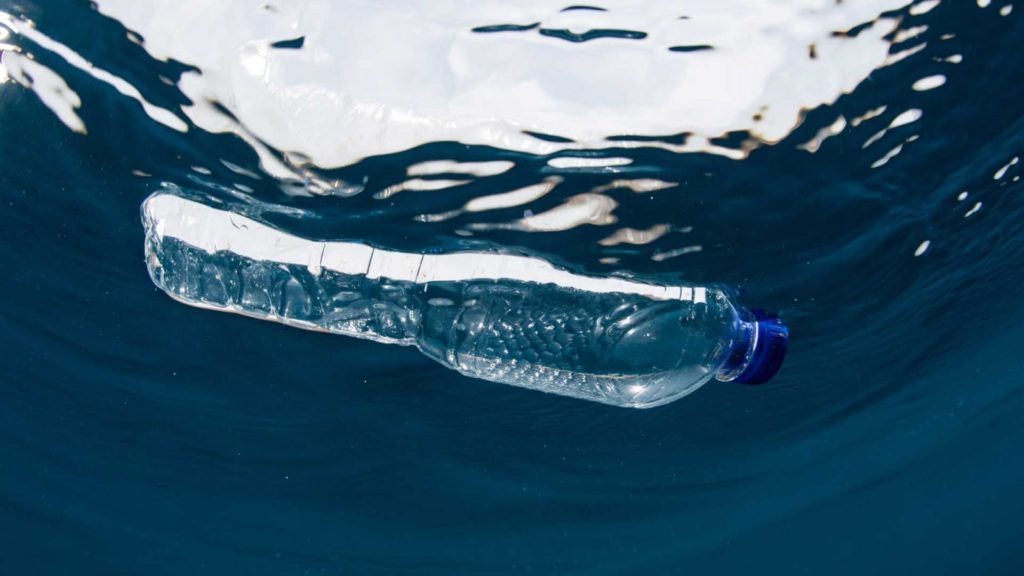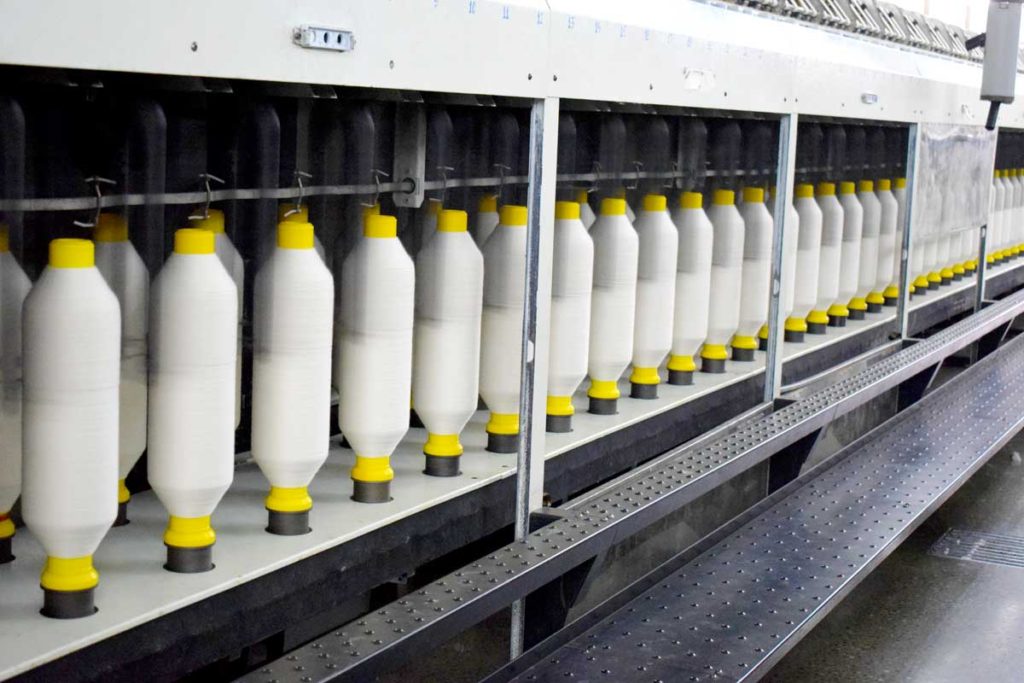
Its been around for centuries, and probably one of the most revered fabrics of fashion. But although jeans may move democratically from the wardrobes of duchesses to cab drivers, their effect on the environment is less seamless. It takes 1,800 gallons of water to grow enough cotton for a single pair of jeans.
The figure is more alarming given the world’s current water situation. Around 700 million people across 43 countries experience water shortages today, and nearly half the world’s population lives in areas with the potential to be flagged as ‘water-scarce’. This figure could easily increase to 4.8-5.7 billion by 2050. A UN water report confirms that in the last century, water use has been increasing at more than twice the rate of the increase in population—ultimately causing more regions to reach the limit at which water can be sustainably delivered.

Water scarcity is not the only issue plaguing the minds of environmentalists; a rise in the usage of plastics is another issue that needs to be tackled fast. Since the 1950s, an estimated 8.3 billion tonnes of plastic has been produced, and a staggering 60% of which occupies landfills and our natural environment.
As if this figure isn’t scary enough, research shows that 8 million tonnes of plastic is dumped into the oceans every year, which is causing adverse effects on marine life, as well as humans consuming seafood. A major chunk of this plastic pollution can be attributed to bottled water; on a global scale, one person consumes 29 litres of bottled water per year.

All this gloomy news has led corporations, including denim manufacturers to rethink the way they do business. From more innovative use of materials to transforming waste material, companies around the world are directing their efforts to combatting and reducing environmental impact. In Pakistan, AGI Denim has introduced an unlikely hero—plastic jeans.
They look, feel and fall just like your favorite denim, but their origins are a little more exotic.

The result of years of research in new fibre-spinning techniques—denim companies like AGI Denim are now able to source plastic waste and use it to produce a new type of denim. The process starts with the collection of plastic bottles and other plastic waste from municipal sites. These are then cleaned and sorted before being crushed to produce plastic flakes. The flakes are converted into pellets, which are then melted and processed into polyester fibre or spun into polyester yarn.

The polyester yarn is blended with cotton yarn to create jeans which feel like traditional jeans without hurting the environment. The only difference in appearance can be the colour on the inside of the jeans, which depends on the hue of the plastic used in production.
Global warming may have its naysayers, but even skeptics are feeling the effects with to the recent increase in natural phenomenon like floods and unprecedented heat waves.

The earth’s surface temperature has experienced a rise of almost 1 degree Celsius since the 19th century, and most of the warming has been recorded in just the last 35 years. And that’s not even the worst of it; carbon dioxide levels are higher than they have ever been in 650,000 years, 17 of the warmest 18 years have occurred since 2001, and the ice in the arctic sea is melting more than ever before.

Considering these alarming figures, its worth it for consumers to rethink some of their daily choices. Switching to jeans made from recycled plastic is an environmentally friendly choice that doesn’t compromise on style. It reduces the amount of plastic waste in landfills around the world, while also reducing water waste used in growing cotton. In fact, the next time you slip on a pair of recycled jeans, you’ll be removing 8 plastic bottles from the environment—jeans may never go out of style, but then neither will taking care of the planet.
Its been around for centuries, and probably one of the most revered fabrics of fashion. But although jeans may move democratically from the wardrobes of duchesses to cab drivers, their effect on the environment is less seamless. It takes 1,800 gallons of water to grow enough cotton for a single pair of jeans.

References:
https://climate.nasa.gov/evidence/
https://www.theguardian.com/sustainable-business/rubbish-jeans-levis-plastic-fashion
https://www.today.com/money/would-you-wear-these-jeans-made-recycled-plastic-bottles-1C8841977
https://money.cnn.com/2016/05/16/technology/plastic-bottles-fabric-repreve/index.html
https://www.treehugger.com/clean-technology/how-many-gallons-of-water-does-it-take-to-make.html
http://www.unwater.org/water-facts/scarcity/
https://www.gq.com/story/pharrell-williams-g-star-jeans-bionic-yarn-interview
https://climate.nasa.gov/